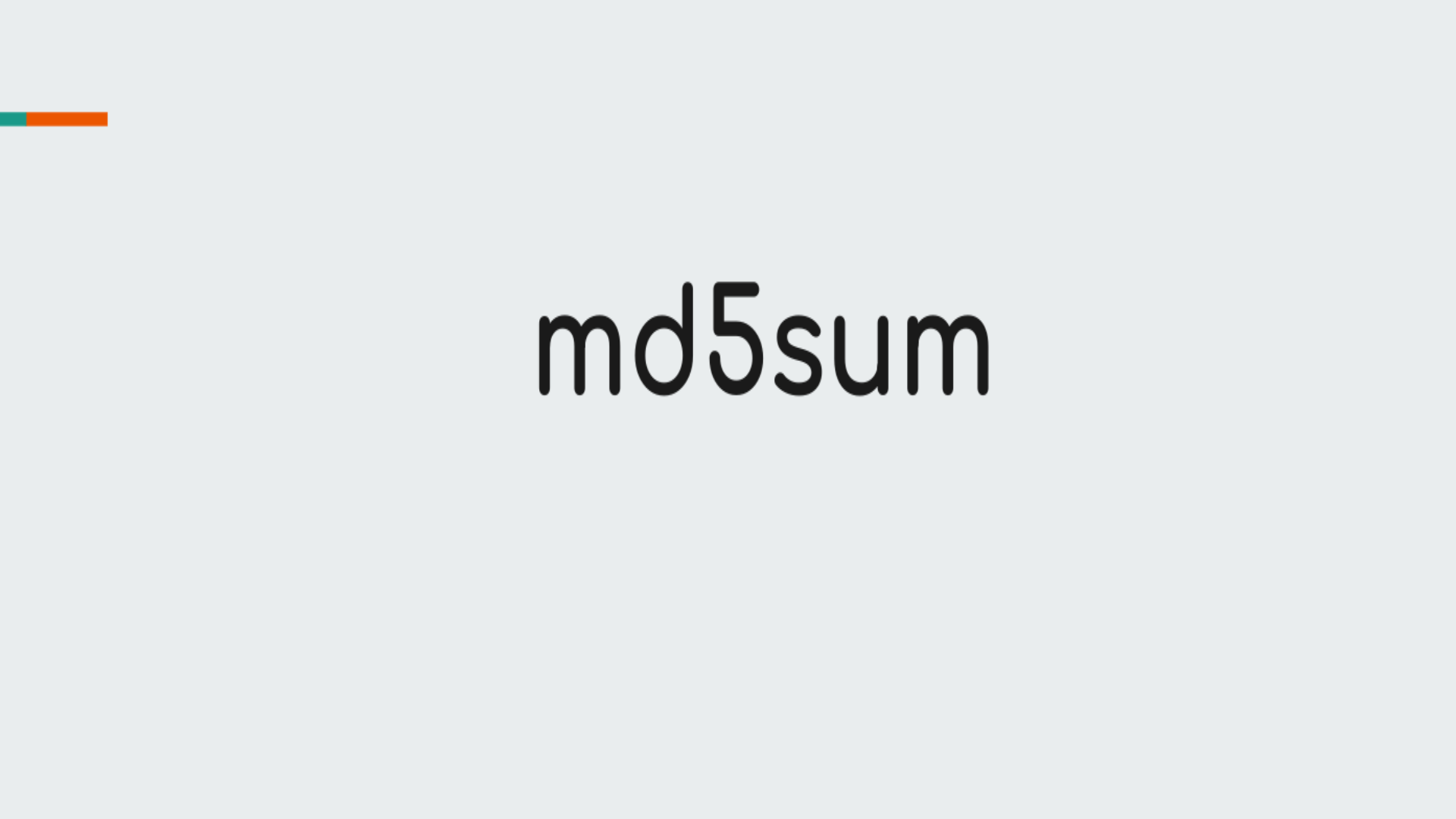In the world of data integrity and security, MD5sum is a commonly used checksum tool that plays a crucial role in verifying file integrity. So let’s begin with Understanding md5sum
md5sum will always generate the same hash, for example, if you generate a hash for-word justgeek.in every time it will generate the same hash and cannot be decrypted. It’s a way street.
So, most of the time if you download the file from the internet there is checksum file as well which you can compare with the checksum provided by the website to make sure that the file isn’t tampered with.
Also, it’s important to understand its pros and cons before relying on it for critical applications.
The Pros:
- Quick Verification: One of the primary advantages of MD5sum is its speed. It generates a fixed-size 128-bit hash value for any file, making it ideal for quickly verifying file integrity.
- Wide Compatibility: MD5sum is supported on virtually every operating system,
- Consistency: The same input file will always produce the same MD5 hash. This consistency allows for easy verification.
The Cons:
- Cryptographic Weakness: MD5sum was designed for speed and simplicity, not security. Over the years, various vulnerabilities and collision attacks have been discovered, making it less secure for cryptographic applications. For cryptographic purposes, more secure algorithms like SHA-256 are recommended.
Now, let’s see a practical example of using MD5sum with commands.
Example:
Example will help in Understanding md5sum
Generating an MD5 Hash:
You can use the command in a terminal to generate an MD5 hash for a file. For instance, to hash a file named example.txt, execute:
md5sum example.txt
This command will output the 32-character MD5 hash of the file.
Verifying File Integrity:
Generate an MD5 Hash:
First, generate an MD5 hash for the file you want to check. Use the same command as you used to create the md5sum in the previous example.
Store the Original Hash:
Save the original MD5 hash value in a file. You can do this using a text editor or by redirecting the output to a file. For instance, to save the hash to a file named original.md5, you can use
md5sum example.txt > original.md5
Verify File Integrity:
To check the file’s integrity at a later time, use the stored original hash. In this example, you have the hash in the original.md5 file. To verify the file integrity, use the -c flag with the md5sum command:
md5sum -c original.md5
If the file example.txt is intact and matches the original hash, you will receive a message confirming that it’s OK. However, if there’s a mismatch or the file has been tampered with, you’ll get an error message indicating that the file failed the integrity check.
Here’s what the output might look like when the file integrity is confirmed:
example.txt: OK
And here’s what it might look like if there’s an issue with the file’s integrity:
example.txt: FAILED md5sum: WARNING: 1 computed checksum did NOT match
By following these steps, you can accurately check the integrity of a file using the MD5sum checksum and ensure that it hasn’t been modified or corrupted. It’s a straightforward and effective method for verifying data integrity.
In conclusion, MD5sum is a valuable tool for quickly verifying file integrity in non-cryptographic applications. However, it has its limitations in terms of security. When security is paramount, using more robust hashing algorithms is advisable. Always consider the specific use case and potential risks when choosing an integrity-checking method.
Hope, you have liked this post about Understanding md5sum
